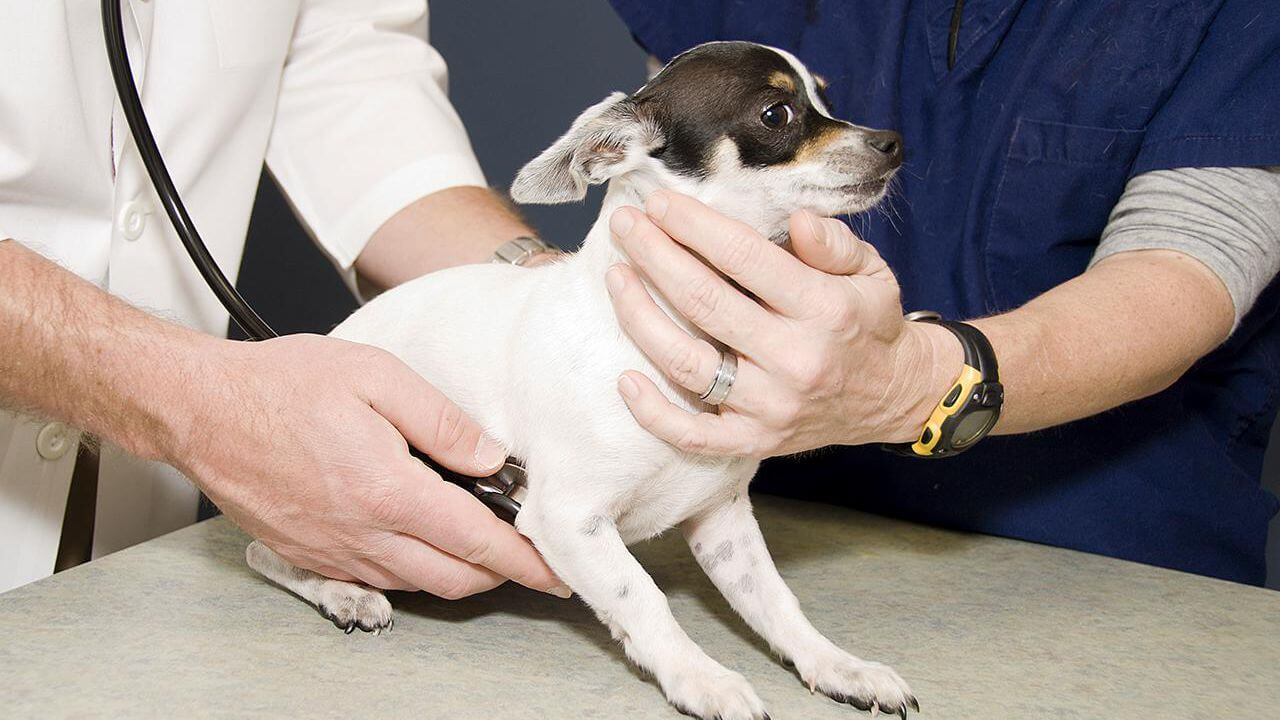Even though dogs are covered in fur, skin cancer in dogs is still a real concern. In fact, skin tumors (benign and malign) are the most common tumors found in dogs. In this article, we will go over the different types of skin cancer in dogs, their signs, symptoms, diagnosis and treatments.
Different types of skin cancer in dogs
- Malignant melanoma: this type of skin cancer is similar to melanomas in people. It affects pigmented cells known as melanocytes. Most malignant melanomas are developed in the mouth or mucous membranes, and only 10% of the times are found in parts of the body that are covered in hair. They usually grow pretty fast and might spread to the lungs and liver.
- Squamous cell carcinoma: this is the type of skin cancer that is caused due to sun exposure; however, it can also be linked to papillomavirus. It can spread to lymph nodes.
- Mast cell tumors: this is the most common skin cancer in dogs. It occurs in the mast cells of the immune system, and even though vets don’t know what causes this type of cancer, in some cases it can be linked to inflammation and irritants of the skin. Genetics usually plays an important role in mast cell tumors, together with progesterone and estrogen hormones.
Signs and symptoms of skin cancer in dogs
Depending on the type of skin cancer, and where the tumor is located, the symptoms of skin cancer in dogs can differ.
- Melanomas: they are black, brown, grey, or red spots of 2,5 inches in diameter, which usually appear in parts of the skin that are covered with fur. The malignant dog melanomas tend to appear in the mouth, lips, toenails, and pads of the feet, and might be confused with regular infections.
- Squamous cell carcinoma: they have a wart look, and often occur on the abdomen, around the genitals or on the feet.
- Mast cell tumors: they are rubber-like, they can be a raised lump on or just under the skin, and may be red, ulcerated, or swollen. While some may be present for many months without growing much, others can appear suddenly and grow very quickly. They may appear to fluctuate in size, getting larger or smaller even on a daily basis. Mast cell tumors most commonly occur on the trunk of the body, though they are found on the legs about 25% of the time.
Diagnosis of skin cancer in dogs
As in every other type of cancer, early diagnosis can make a huge difference in your dog’s health. If you notice an unusual lump, spot, or swelling in your dog’s body, don’t hesitate to call the vet for a close check-up. It is better to be safe than sorry.
The diagnosis of skin cancer is pretty simple. The vet may perform a needle aspiration in order to take a small sample of the dogs’ tumor, and then examine it and biopsy it if needed. The samples will be analyzed in the lab and depending on the results, the vet will decide the best course of treatment.
Treatment of skin cancer in dogs
First of all, don’t panic: bear in mind that skin cancer in its early stages is usually treated successfully.
Depending on the type and stage of the skin cancer, treatments can include surgery, chemotherapy, immunotherapy, or palliative care.

Is there any particular breed prone to develop skin cancer?
Even though any dog can develop it, there are some breeds more prone to skin cancer than others. Boxers, Pugs, Boston terriers, Schnauzers, Scottish terriers, Dalmatians, and Beagles are just some of them.





